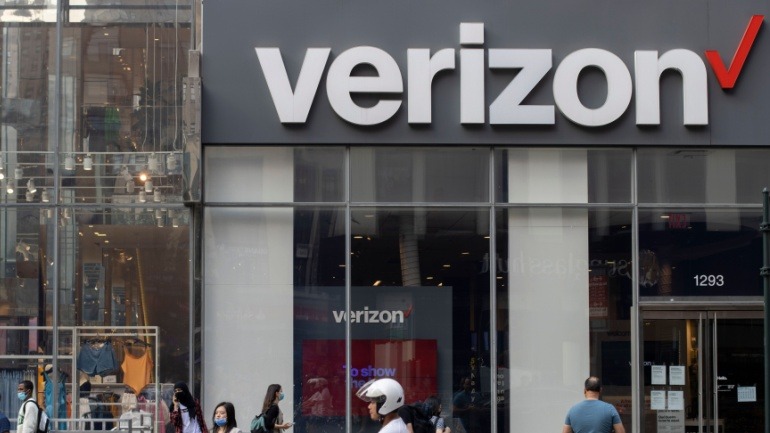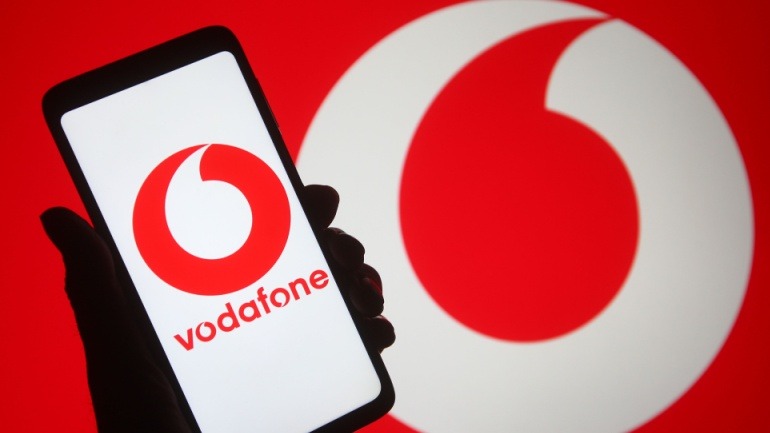In late 2025, Verizon announced its most significant layoff in history. This move marks a transformative moment for both the company and the broader telecommunications industry. While the tech sector is no stranger to cost-cutting measures and restructuring, this substantial workforce reduction highlights a deeper shift. Verizon aims to prioritize efficiency while reducing its capital spending, particularly for network infrastructure upgrades.
This decision comes amid declining subscriber growth and fluctuating average revenue per user (ARPU). The competitive landscape is more demanding, and there’s continuous pressure to deliver shareholder value. Though Verizon hasn’t specified which roles are directly impacted, CEO Dan Schulman has made clear that streamlining costs is a long-term goal for the company to become “simpler, leaner, and scrappier.” The ramifications extend beyond Verizon, given its historical role in shaping U.S. communications.
One significant consequence of this shift involves carrier investment in enterprise in-building wireless systems. Many leading U.S. carriers, battling similar economic pressures, are channeling their capital towards mid-band spectrum deployments and upgrading existing network assets. This trend leads to a more selective approach to funding in-building systems. As a result, these investments typically focus only on flagship venues or enterprises with high value.
Furthermore, many older DAS (Distributed Antenna System) installations still rely on outdated carrier base station equipment. This equipment might be decommissioned due to evolving network security requirements. With declining carrier-funded options, enterprises face increasing pressure to identify cost-effective methods to maintain crucial indoor coverage for business operations.
To counter these trends, the market is witnessing increased interest in carrier-agnostic, repeater-based systems, and hybrid architectural solutions. Stand-alone repeaters are viable for smaller facilities, while larger campuses lean towards repeater-fed fiber distribution systems. These solutions are attractive since they are easier and quicker to deploy than traditional DAS. Enterprises can better manage their connectivity without depending solely on carrier investment timelines.
Some organizations are adopting flexible architectures, starting with repeater-based systems. Later, they transition to base station-fed setups using the same fiber infrastructure. Enterprises opting for a fiber backbone that supports frequencies from 150 MHz to 5 GHz receive the advantage of future-proof adaptability. This capability supports two-way radio, cellular, and private network deployments within a unified platform.
As carriers expect more from enterprises regarding their own in-building wireless systems, focusing on technology and infrastructure that maximizes utility and long-term value becomes paramount. Older solutions optimized for a single carrier or limited frequency bands are less relevant in today’s context.
In conclusion, as the era of readily available, carrier-funded in-building network expansion wanes, Verizon’s layoff announcement signals that stakeholders must proactively secure solid indoor wireless coverage. Such connectivity is no longer a luxury but an essential component for operational continuity and a digital-first business model. Enterprises willing to invest in adaptable infrastructure will excel in a competitive environment where indoor connectivity drives productivity, customer satisfaction, and resilience.







